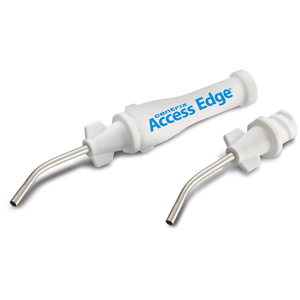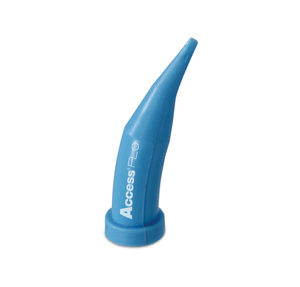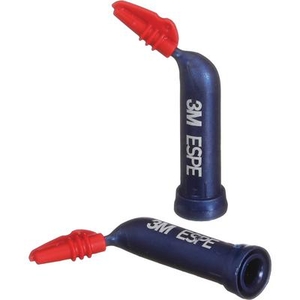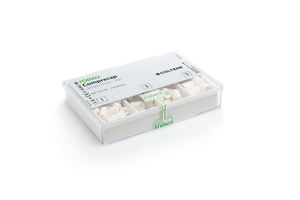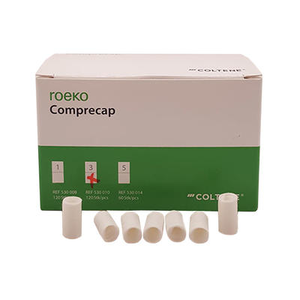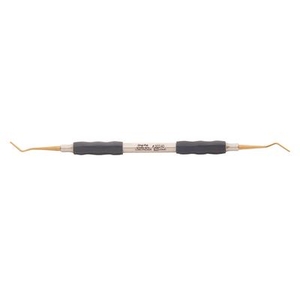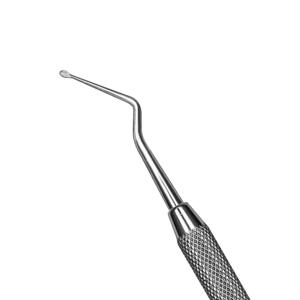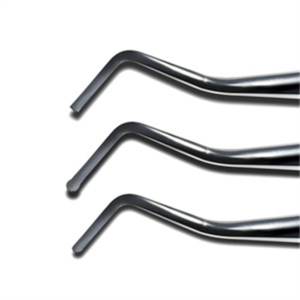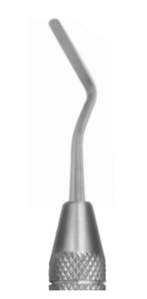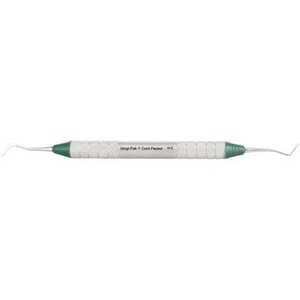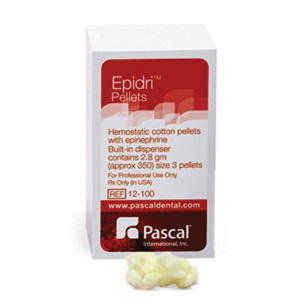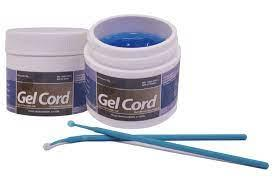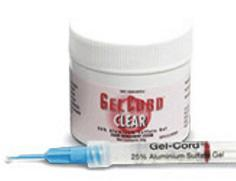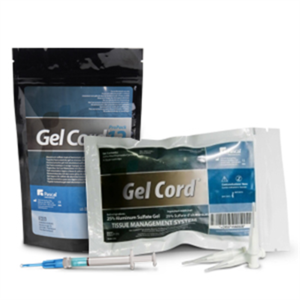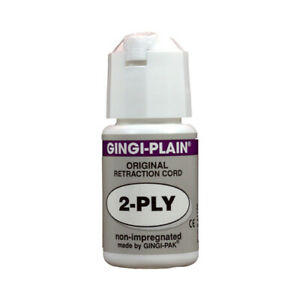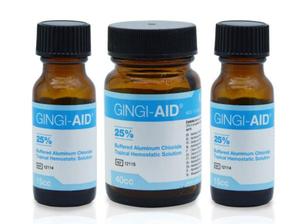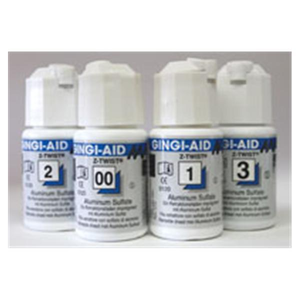Retraction Material
Sky Dental supplies is a top distributor of the world’s leading dental products. In this category you will find a variety of retraction materials for all your professional needs.
We hold various retraction pastes to accommodate all your needs, using industry standard high quality clay based materials and more.
We carry a wide selection of mixing nozzles for predictable and consistent results, with no mess, less heat and significantly less unpleasant odors.
Choose your favorite retraction cord for tissue displacement and management.
This category also carries sulcus opening caps to ensure a dry, clean area for impression taking and to stop bleeding.
Browse through this category to find high quality retraction materials in competitive prices.
continue reading Show Filters
- Acrylics
- Alloys
- Anesthetics
- Articulating Material
- Bur Blocks & Accessories
- Burs & Diamonds
- Cements & Liners
- Core Build-Up Material
- Cosmetic & Restorative
- Crowns
- Dental Instruments
- Digital Imaging
- Disposables
- Emergency Products
- Endodontics
- Evacuation Products
- Finishing & Polishing
- Gloves
- Implant Products
- Impression Material
- Impression Trays
- Infection Control
- Laboratory
- Matrix
- Pins & Post
- Preventive products
- Prophy Products
- Retraction Material
- Rubber Dam
- Splint Reinforcement
- Sutures
- Tooth Whitening
- Toys
- Ultrasonic Cleaners
- Waste Management
- Water Treatment
- Waxes
- X-Rays
showing 1 - 20 of 69 product(s)
Access Edge Clay-Based Gingival Retraction Paste (Centrix)
Price:
$100.99
Comprecap Anatomic (Coltene)
Price:
$36.99
Comprecap Compression (Coltene)
Price:
$162.99
Cord Packers (Hu Friedy)
Price:
$42.99
Cord Packers (Pascal)
Price:
$33.99
Cord Packers (Premier)
Price:
$29.99
Cord Packing Instrument (Sky Choice)
Price:
$9.99
Dryz Blu Hemostatic Retraction Paste (Parkell)
Price:
$152.00
Dryz Hemostatic Retraction Paste Green (Parkell)
Price:
$86.99
Gel Cord 30g Jar
Price:
$27.99
Gel Cord Clear Pro Pack (12)
Price:
$47.99
Gel Cord Pro Pack (12)
Price:
$47.99
Gingi-Aid Alum Chloride Sol 25% (Gingi-pak)
Price:
$16.99
Should I use epinephrine in my retraction cord?
Epinephrine-impregnated retraction cord offers exceptional vessel constriction that limits bleeding in the sulcular region. However, some patients are sensitive to epinephrine and may experience cardiovascular effects due to the rapid absorption through the sulcus. Clinicians with each patient should weigh the use of epinephrine. Fortunately, other choices that include buffered aluminum chloride and ferric sulfate can help keep tissue dry with lower risk.
Does lanolin clay replace retraction cord?
Some clinicians choose lanolin clay products as their primary retraction technique, but the two-cord retraction cord technique remains a staple of restorative dentistry. While clay products may not work best to expose deep restorative margins, they can replace a certain percentage of cases that would otherwise require cord. These products are atraumatic to the gingiva and can result in significant time savings during procedures. In many cases, an area is ready for an impression or scanning in two minutes or less with a product like Access Edge paste.
Is there any difference between retraction instruments?
A cord-packing instrument is found in every dentist’s restorative cassette, and they may overlook valuable choices when it comes to replacement. For example, ergonomically-minded clinicians appreciate the comfort of a non-metallic handle. Silicone provides multiple benefits with comfortable handling, excellent control, and easy identification on the tray. The #3 Nemetz exemplifies how small differences in design can produce significant benefits in your hands.
Are there any notable differences between retraction cords?
Retraction cords have been used for many years in dentistry, and most dentists use the same types for years. But subtle differences can be significant in different hands. For example, ROEKO Stay-Put Retraction Cord includes the adaptability of a fine metal filament in a braided cord, so it’s easy to place and hold in place. Plain braided cords can be impregnated with various solutions, including epinephrine, aluminum sulfate, or left plain.
Do diode lasers replace retraction cords, pastes, and gels?
Soft-tissue lasers offer one way to manage gingival areas and can be a valuable tool in difficult situations. And some clinicians routinely use lasers for hard and tissue applications. However, the majority of dentists rely on multiple methods and materials to properly manage tissue retraction and bleeding. The multiple uses available with today’s products offer an economical, efficient way to handle dozens of scenarios. For example, dentists can try 120 Premier Retraction Caps for less than $30 and save significant amounts of time on some restorative procedures.
